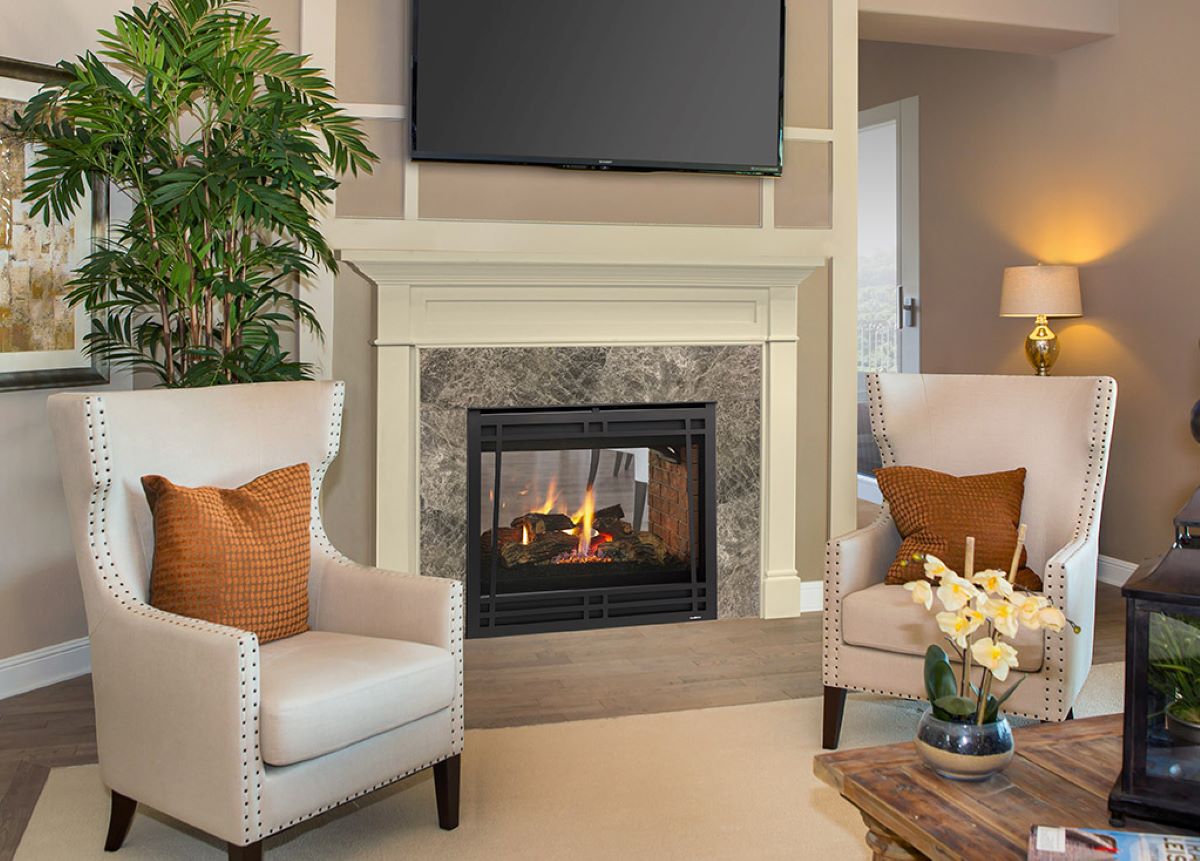

Articles
How To Install A Gas Fireplace
Modified: February 24, 2024
Learn how to install a gas fireplace in your home with our informative articles. Get step-by-step instructions and expert tips to ensure a safe and hassle-free installation process.
(Many of the links in this article redirect to a specific reviewed product. Your purchase of these products through affiliate links helps to generate commission for Storables.com, at no extra cost. Learn more)
Introduction
Installing a gas fireplace is a great way to add both warmth and ambiance to your home. Whether you’re looking to upgrade your existing fireplace or want to create a cozy focal point in a new room, a gas fireplace can provide the perfect solution. Not only do gas fireplaces offer convenience and efficiency, but they also offer a variety of styles and designs to suit any decor.
In this article, we will guide you through the process of installing a gas fireplace, step by step. From gathering the necessary tools and materials to completing the finishing touches, we will cover everything you need to know to successfully install a gas fireplace in your home.
But before we dive into the installation process, it’s important to note that working with gas can be potentially dangerous. If you are not confident in your ability to complete the installation safely, it is always best to hire a professional. Additionally, it’s crucial to check local building codes and regulations to ensure compliance.
With that said, let’s get started on our journey to install a gas fireplace and bring warmth and comfort to your home.
Key Takeaways:
- Installing a gas fireplace requires careful consideration of location, preparation of the installation area, and proper assembly of components. Following manufacturer’s instructions and safety guidelines is crucial for a successful installation.
- Regular maintenance and troubleshooting are essential for ensuring the safe and efficient operation of a gas fireplace. From cleaning and inspecting to professional servicing, proactive care can extend the lifespan of the fireplace and enhance the overall experience.
Read more: How Much To Install A Gas Fireplace
Step 1: Gather the necessary tools and materials
Before you begin the installation process, it’s important to gather all the necessary tools and materials. Having everything you need on hand will make the process smoother and more efficient. Here is a list of the tools and materials you will need:
- Gas fireplace kit or unit
- Gas line
- Pipe wrench
- Tape measure
- Hacksaw or pipe cutter
- Adjustable wrench
- Thread sealant
- Gas shut-off valve
- Gas fittings
- Screwdriver
- Level
- Drill and drill bits
- Screws
- Drywall saw
- Electrical junction box (if necessary)
- Fireplace surround materials (if desired)
Once you have gathered all the necessary tools and materials, you’re ready to move on to the next step.
Step 2: Choose the location for your gas fireplace
Choosing the right location for your gas fireplace is crucial for both safety and aesthetic purposes. Here are some factors to consider when selecting the perfect spot:
- Existing fireplace: If you’re replacing an existing traditional fireplace, you may want to install the gas fireplace in the same location. This can make the installation process easier as the necessary venting may already be in place.
- Accessibility: Ensure that the location you choose allows for easy access to the gas line and electrical connections if applicable.
- Clearance requirements: Gas fireplaces usually have specific clearance requirements that must be followed. This includes clearance from combustible materials such as walls, furniture, and curtains. Consult the manufacturer’s guidelines for the specific fireplace you are installing.
- Aesthetics and design: Consider the overall room layout and design when choosing the location for your gas fireplace. You want it to be a focal point and blend seamlessly with the existing decor.
- Ventilation options: Some gas fireplaces require venting, while others are vent-free. If you choose a vented fireplace, you will need to consider the venting options and where the venting will be located.
Take your time to evaluate these factors and choose a location that meets all the necessary requirements and enhances the overall design of your space.
Once you have chosen the ideal location for your gas fireplace, you’re ready to move on to the next step in the installation process.
Step 3: Prepare the installation area
Before you can begin installing your gas fireplace, you need to prepare the installation area. Follow these steps to ensure a smooth and successful installation:
- Clear the area: Remove any furniture, rugs, or other items from the installation area. This will create a clear and safe workspace.
- Check the flooring: Ensure that the flooring in the installation area is suitable for a gas fireplace. If you have carpet or other flammable materials, consider installing a non-combustible hearth pad to protect the flooring.
- Prepare the wall: If you’re installing a wall-mounted gas fireplace, ensure that the wall is properly prepared. This may involve patching any holes or imperfections and painting or wallpapering the area if desired.
- Locate utilities: Locate the gas and electrical lines in the installation area. This will help you determine the best route for installing the gas line and allow for easy connection to the necessary utilities.
- Plan for ventilation: If your gas fireplace requires venting, determine the best route for the vent pipe. This may involve cutting holes in walls or ceilings, so plan accordingly and ensure that you follow the specific guidelines provided by the manufacturer.
- Create a temporary barrier: To protect the installation area and maintain a safe work environment, consider creating a temporary barrier using plastic sheeting or tarps. This will help contain any dust or debris generated during the installation process.
By preparing the installation area properly, you’ll be ready to move on to the next step with confidence and ensure a smooth installation process for your gas fireplace.
Step 4: Assemble the gas fireplace components
Once you have prepared the installation area, it’s time to assemble the components of your gas fireplace. Follow these steps to ensure a proper and secure assembly:
- Read the manufacturer’s instructions: Before starting the assembly process, carefully read and familiarize yourself with the manufacturer’s instructions that came with your gas fireplace. These instructions will provide specific guidance for your particular fireplace model.
- Assemble the firebox: Start by assembling the firebox, following the instructions provided. This may involve attaching panels, placing logs or fire media, and connecting any electrical components if applicable.
- Install the burner and gas valve: Next, install the burner assembly and gas valve according to the manufacturer’s instructions. Make sure to securely tighten any connections using an adjustable wrench or appropriate tool.
- Connect the venting: If your gas fireplace requires venting, carefully follow the instructions to connect the vent pipe. Ensure that the vent pipe is properly aligned and securely fastened using the specified venting materials.
- Attach the trim and doors: If your gas fireplace includes trim or doors, attach them according to the manufacturer’s instructions. This will help provide a polished and finished look to your fireplace.
- Check for proper fit and alignment: Before proceeding to the next step, double-check to ensure that all components are properly assembled, aligned, and securely fastened. This will help prevent any issues or safety hazards later on.
By carefully assembling the gas fireplace components, you’re one step closer to enjoying the warmth and beauty of your new fireplace. Take your time and follow the manufacturer’s instructions to ensure a safe and functional installation.
Read more: How To Install Gas Fireplace Insert
Step 5: Install the gas line
Installing the gas line is a crucial step in the process of installing your gas fireplace. Follow these steps to safely and correctly install the gas line:
- Shut off the gas supply: Before beginning any work on the gas line, it is essential to shut off the gas supply to your home. Locate the gas shut-off valve and turn it to the off position.
- Locate the gas line: Determine the location of the existing gas line or identify the appropriate location to tap into the gas supply. Ensure that you have sufficient access to the gas line for installation.
- Measure and cut the gas line: Using a tape measure, carefully measure the length of the gas line needed to connect the gas fireplace to the main gas supply. Mark the measured length on the gas line, and using a pipe cutter or hacksaw, cut the gas line to the appropriate size.
- Attach the gas fittings: Install the necessary gas fittings, such as elbows or connectors, to the gas line according to the manufacturer’s instructions. Apply an appropriate thread sealant on the fittings to ensure a tight and secure connection.
- Connect the gas line: Carefully connect one end of the gas line to the gas fireplace, following the manufacturer’s instructions for proper connection. Use an adjustable wrench to tighten the connections.
- Connect the gas line to the main supply: Attach the other end of the gas line to the main gas supply. Again, use an adjustable wrench to securely tighten the connection.
- Inspect for leaks: After connecting the gas line, it is crucial to check for any gas leaks. Apply a solution of soapy water to the fittings and connections. If any bubbles form, it indicates a gas leak. If you detect a leak, immediately turn off the gas supply and consult a professional before proceeding.
By following these steps and ensuring a secure connection, you have now successfully installed the gas line for your gas fireplace. This brings you closer to enjoying the warmth and comfort of your new fireplace.
Before installing a gas fireplace, make sure to check local building codes and regulations to ensure compliance. It’s important to have a professional install and connect the gas line to ensure safety.
Step 6: Connect the gas fireplace to the gas line
With the gas line installed, it’s time to connect your gas fireplace to the gas line. Follow these steps to ensure a proper and safe connection:
- Make sure the gas supply is shut off: Before proceeding with the connection, double-check that the gas supply is turned off at the shut-off valve.
- Inspect the gas line connection: Verify that the gas line connection on the fireplace unit is clean and free of debris or damage. Remove any dirt or debris from the connection point.
- Use a flexible gas connector (if necessary): Depending on the type of gas fireplace and the specific installation requirements, you may need to use a flexible gas connector. Follow the manufacturer’s instructions to properly install the connector. Ensure it is the correct size and securely fastened to both the gas line and the fireplace unit.
- Connect the gas line: Carefully connect the gas line to the fireplace unit or the flexible gas connector if required. Use an adjustable wrench to securely tighten the connection, ensuring there are no leaks.
- Turn on the gas supply: Once the gas line is connected, turn on the gas supply at the shut-off valve. Be vigilant and use caution when doing this step.
- Test for leaks: After turning on the gas supply, thoroughly check for any gas leaks. Apply a mixture of soapy water to the gas line connection, checking for the formation of bubbles. If any bubbles appear, it indicates a gas leak. If you detect a leak, immediately turn off the gas supply and seek professional assistance to resolve the issue.
- Follow manufacturer’s instructions for ignition: To start the gas fireplace, follow the manufacturer’s instructions for ignition. This typically involves igniting the pilot light and adjusting the flame as necessary.
By following these steps, you have successfully connected your gas fireplace to the gas line. Take the time to ensure all connections are secure and test for leaks to ensure a safe and functional installation.
Step 7: Test the gas fireplace
After connecting the gas fireplace to the gas line, it’s important to test the fireplace to ensure it functions properly and safely. Follow these steps to test your gas fireplace:
- Turn on the fireplace: Follow the manufacturer’s instructions to turn on the gas fireplace. This typically involves using a control panel or switch located on the fireplace unit.
- Check the pilot light: Verify that the pilot light ignites and remains lit. The flame should be strong and steady, without flickering or going out. If the pilot light does not ignite or stay lit, consult the manufacturer’s instructions for troubleshooting steps.
- Adjust the flame: If your gas fireplace allows for flame adjustment, adjust it to your desired level. Ensure that the flames are even and not too high or too low. The flames should be blue and steady, indicating proper combustion.
- Test the controls: Test all the controls and features of the gas fireplace, such as the blower, thermostat, and remote control (if applicable). Ensure that these functions are working correctly and responding as expected.
- Check for proper ventilation: If your gas fireplace requires venting, make sure that the venting system is functioning properly. Check for proper air circulation, and ensure that there are no obstructions or blockages in the vent pipe.
- Monitor for any unusual smells or sounds: While the gas fireplace is operating, pay attention to any unusual smells, such as a strong gas odor, or any unusual sounds. These can be indications of a problem or a gas leak. If you detect anything unusual, immediately turn off the gas supply and seek professional assistance.
By thoroughly testing your gas fireplace, you can ensure that it is functioning safely and efficiently. If any issues arise during the testing process, consult the manufacturer’s instructions or contact a professional for further assistance.
Step 8: Install the fireplace surround and finishing touches
Now that your gas fireplace is fully functional, it’s time to install the fireplace surround and add the finishing touches to complete the aesthetic appeal of your fireplace. Follow these steps to install the surround and add those final touches:
- Choose a fireplace surround: Select a fireplace surround that complements your home decor and personal style. You may choose from various options such as stone, tile, wood, or a custom-built mantle. Consider the dimension and design of your fireplace when selecting the surround.
- Measure and mark the installation area: Measure the dimensions of the fireplace and mark the installation area for the surround. Use a level to ensure the marks are straight and aligned.
- Prepare the wall: If necessary, prepare the wall by removing any existing material or clearing the area for the surround installation. Patch any holes or blemishes and ensure the wall surface is clean and smooth.
- Install the surround: Follow the manufacturer’s instructions to install the fireplace surround. This may involve attaching brackets or adhesive to the wall and placing the surround securely in place. Use a level to ensure it is straight and leveled.
- Make any necessary adjustments: If needed, make adjustments to the fireplace surround to ensure a proper fit. Trim or cut any excess material to achieve the desired look. Take your time to ensure the surround is aligned and visually appealing.
- Add the finishing touches: Once the surround is installed, it’s time to add the finishing touches. Decorate the area around the fireplace with accessories like artwork, candles, or plants. Consider adding a decorative screen or doors to the front of the fireplace for added safety and style.
- Clean and polish: Give the entire fireplace area a thorough cleaning and polish to remove any dust or debris. This will make your newly installed surround shine and enhance the overall aesthetic of your fireplace.
By following these steps and taking care with the installation, you can create a beautiful and cohesive look for your gas fireplace. Enjoy the warmth and beauty of your newly installed fireplace surround and the finished look it brings to your space.
Read more: How To Install Gas Logs In Fireplace
Step 9: Maintain and troubleshoot your gas fireplace
Once your gas fireplace is installed, it’s important to regularly maintain and troubleshoot it to ensure optimal performance and safety. Follow these steps to properly maintain and troubleshoot your gas fireplace:
- Read the manufacturer’s maintenance guidelines: Familiarize yourself with the manufacturer’s recommended maintenance procedures for your specific gas fireplace model. This may include guidelines for cleaning, inspecting, and servicing the fireplace.
- Regularly clean the fireplace: Keep your gas fireplace clean by removing any debris or dust from the burners, log sets, and surrounding area. Use a soft brush or vacuum cleaner to clean these components gently. Avoid using harsh chemicals or abrasive materials that may damage the fireplace.
- Inspect the gas lines and fittings: Regularly inspect the gas lines, fittings, and connections for any signs of wear, damage, or leaks. If you detect any issues, turn off the gas supply and seek professional assistance to address the problem.
- Test the ignition system and pilot light: Periodically test the ignition system and ensure that the pilot light ignites and remains lit. If you experience any issues with the ignition system or the pilot light, refer to the manufacturer’s instructions for troubleshooting steps or contact a qualified technician.
- Check for proper airflow and ventilation: Ensure that there is proper airflow and ventilation around the gas fireplace. Remove any obstructions or blockages that may restrict the flow of air. If your gas fireplace has a venting system, regularly inspect it and clean any debris or buildup to maintain proper ventilation.
- Check the carbon monoxide detector: Install a carbon monoxide detector near your gas fireplace to monitor for any presence of this odorless and potentially harmful gas. Test the detector regularly and replace the batteries as needed.
- Schedule professional maintenance: It is recommended to have your gas fireplace professionally inspected and serviced annually. A qualified technician can perform a thorough inspection, clean the internal components, and address any potential issues that may affect the performance or safety of your fireplace.
- Keep the area around the fireplace clear: Ensure that the area around the gas fireplace is clear of any flammable materials such as furniture, curtains, or decorations. This will prevent any fire hazards and ensure the safe operation of your fireplace.
- Review the owner’s manual: Always consult your gas fireplace’s owner’s manual for specific maintenance guidelines and troubleshooting tips. The manual will provide valuable information to help you properly care for and troubleshoot your specific gas fireplace model.
By following these maintenance and troubleshooting steps, you can keep your gas fireplace in excellent condition, minimize potential issues, and ensure a safe and enjoyable experience throughout its lifespan.
Conclusion
Installing a gas fireplace can be a rewarding project that adds both warmth and ambiance to your home. By following the step-by-step guide outlined in this article, you can successfully install a gas fireplace and enjoy the many benefits it offers.
From gathering the necessary tools and materials to connecting the gas line and adding the finishing touches, each step is important in ensuring a safe and functional installation. Remember to consult the manufacturer’s instructions for your specific gas fireplace model and always prioritize safety throughout the process.
Once your gas fireplace is installed, it’s crucial to regularly maintain and troubleshoot it to keep it running smoothly. Proper cleaning, inspection of the gas lines and fittings, and testing the ignition system are essential for optimal performance and safety.
As you enjoy the warmth and beauty of your gas fireplace, don’t forget to schedule professional maintenance and consult the owner’s manual for specific guidelines. This will help extend the lifespan of your fireplace and ensure its continued efficiency.
Whether you’re upgrading an existing fireplace or adding a new centerpiece to your home, a gas fireplace is a wonderful addition that enhances both the aesthetic appeal and functionality of your space. So, take the plunge, follow the steps, and enjoy the cozy warmth and comfort of your very own gas fireplace.
Frequently Asked Questions about How To Install A Gas Fireplace
Was this page helpful?
At Storables.com, we guarantee accurate and reliable information. Our content, validated by Expert Board Contributors, is crafted following stringent Editorial Policies. We're committed to providing you with well-researched, expert-backed insights for all your informational needs.
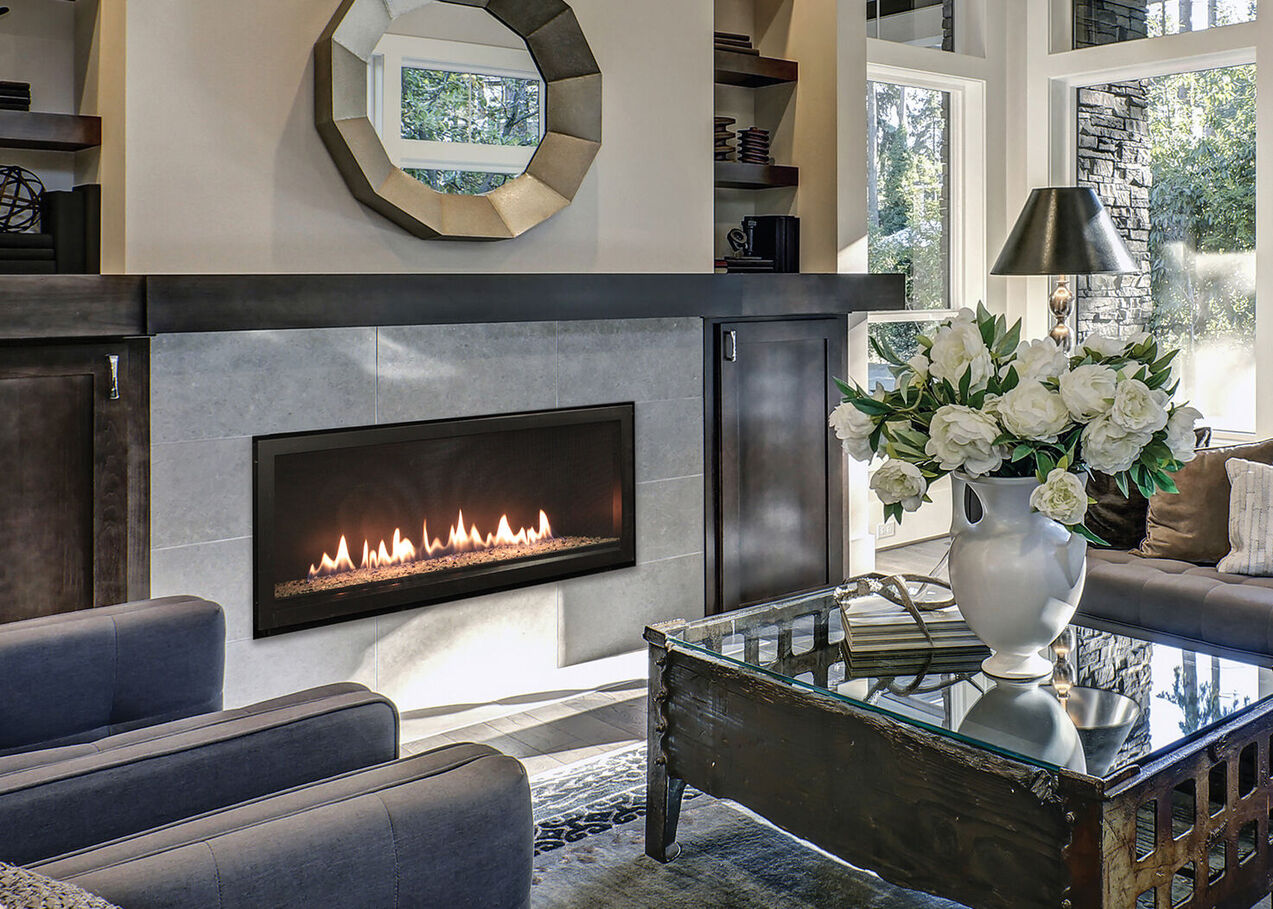
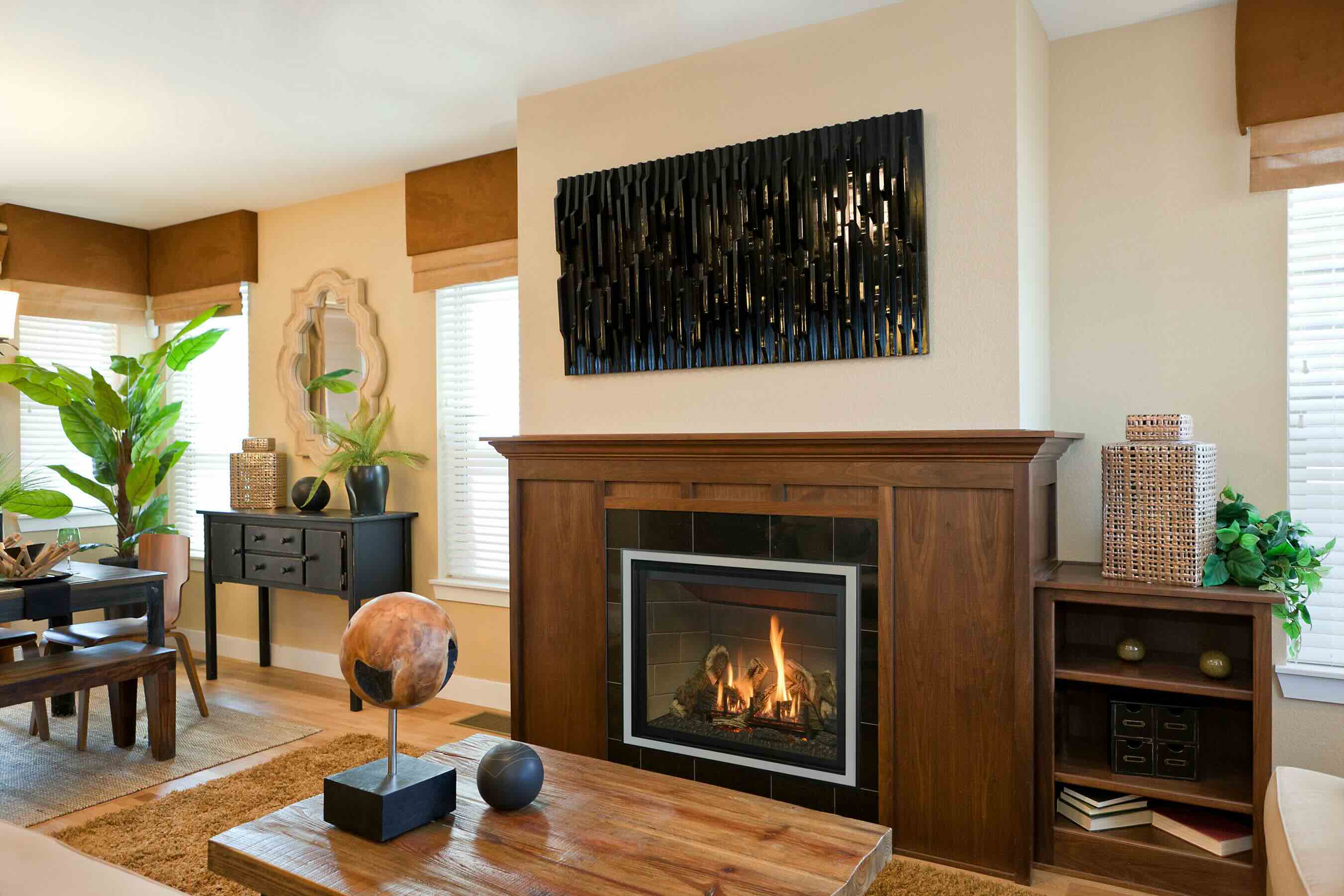
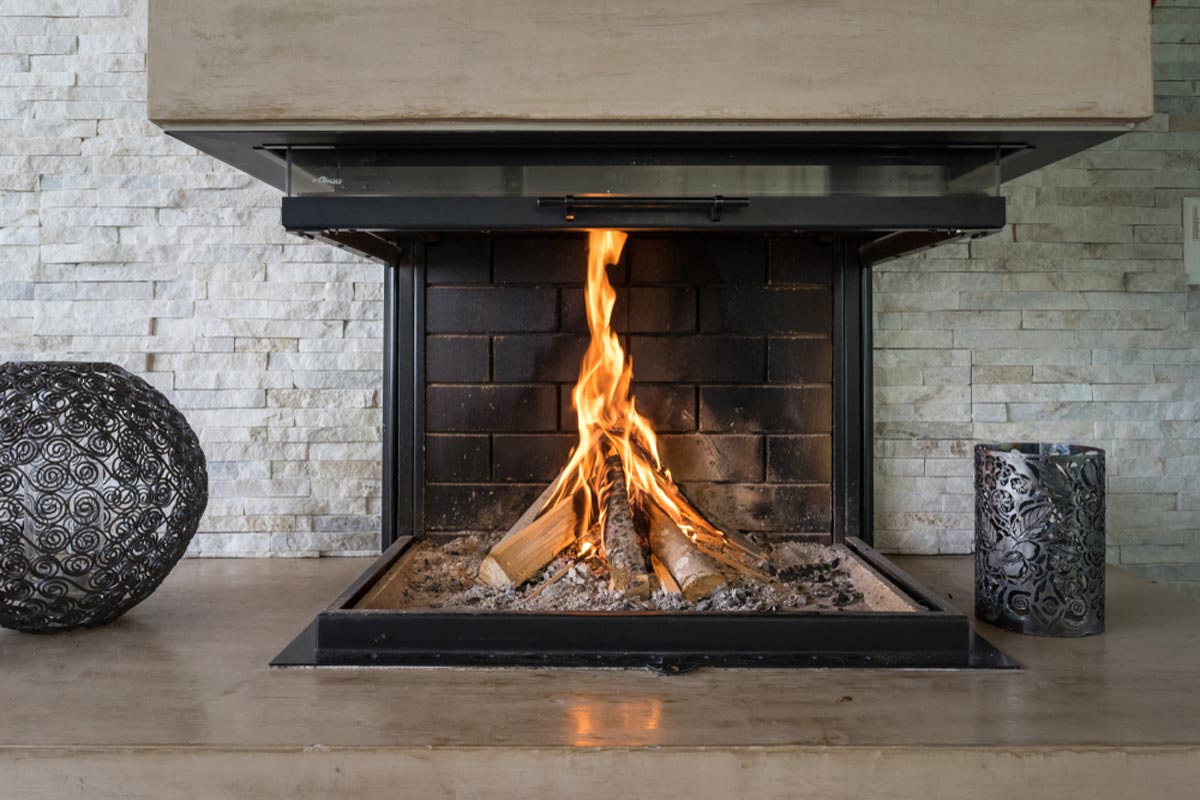
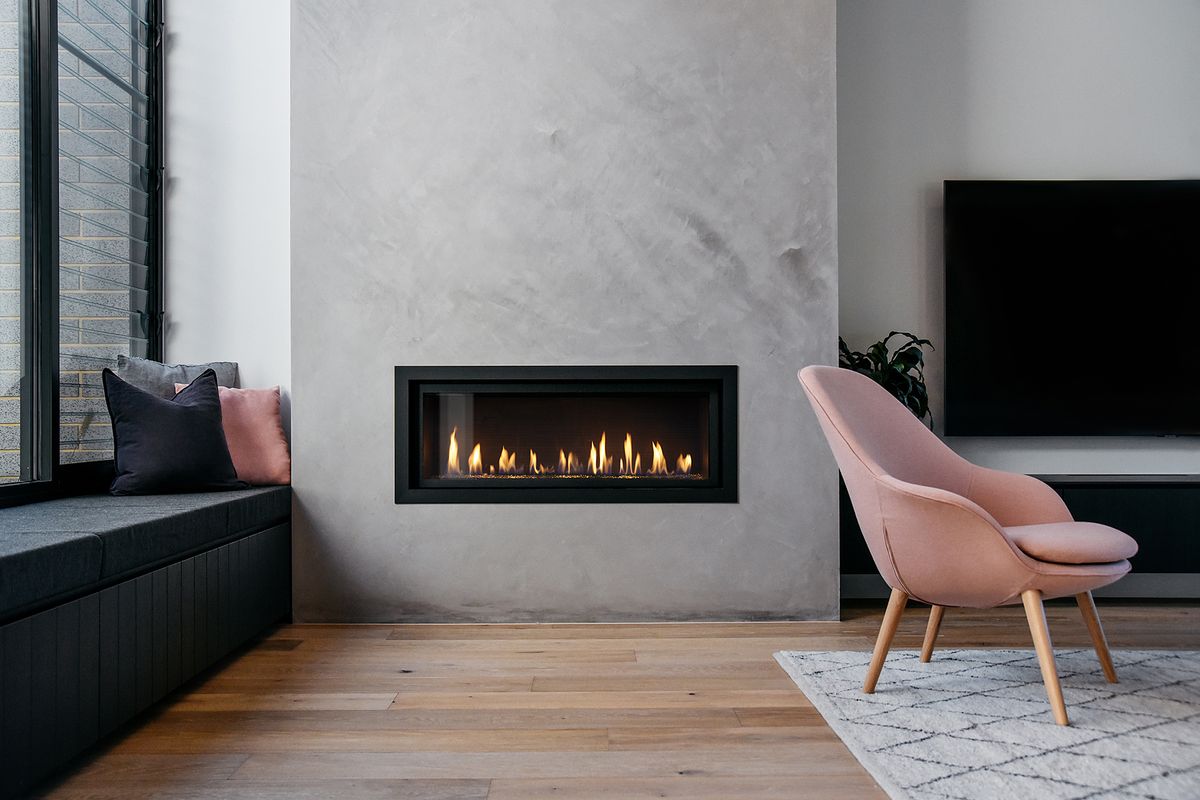
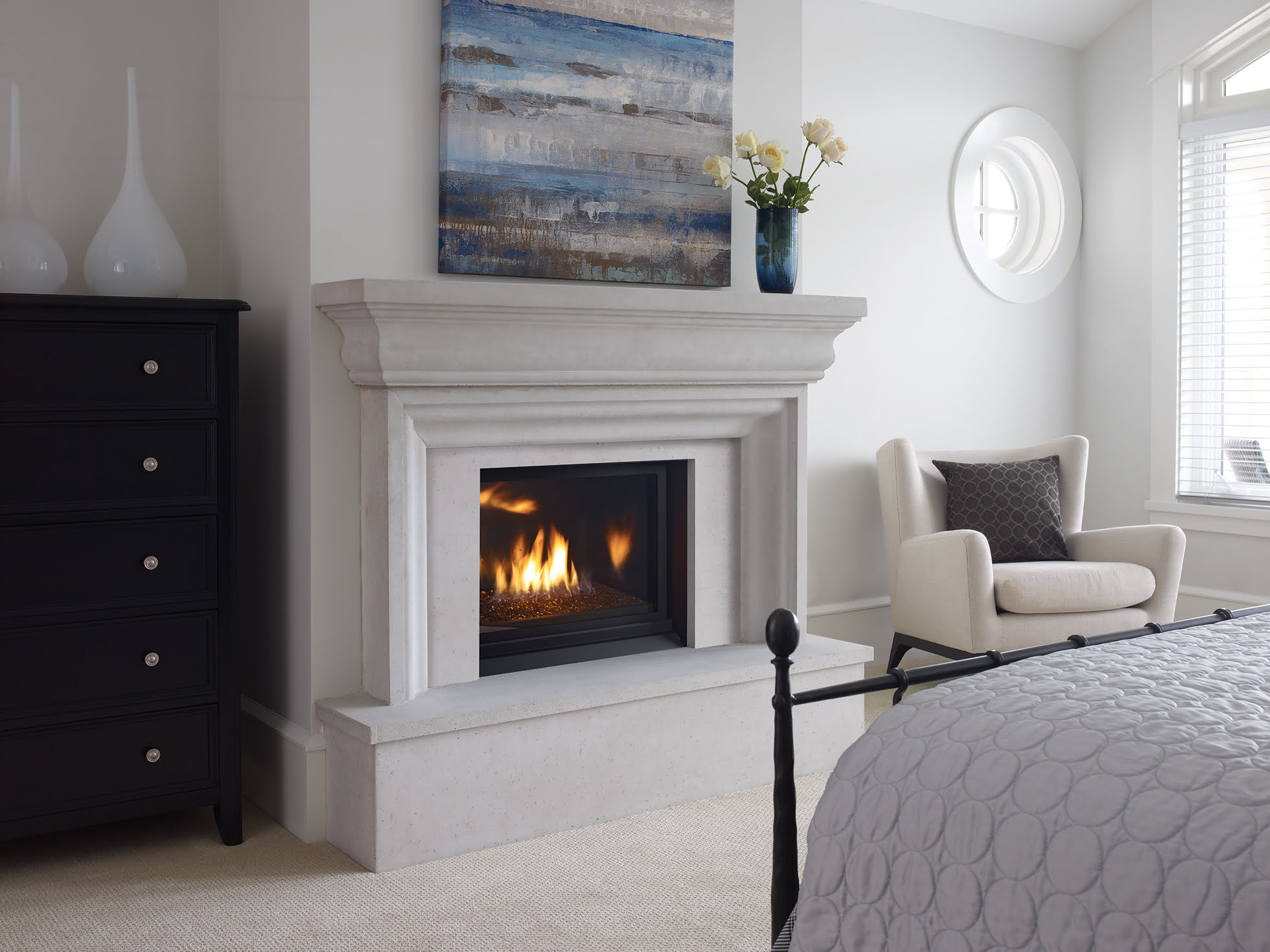
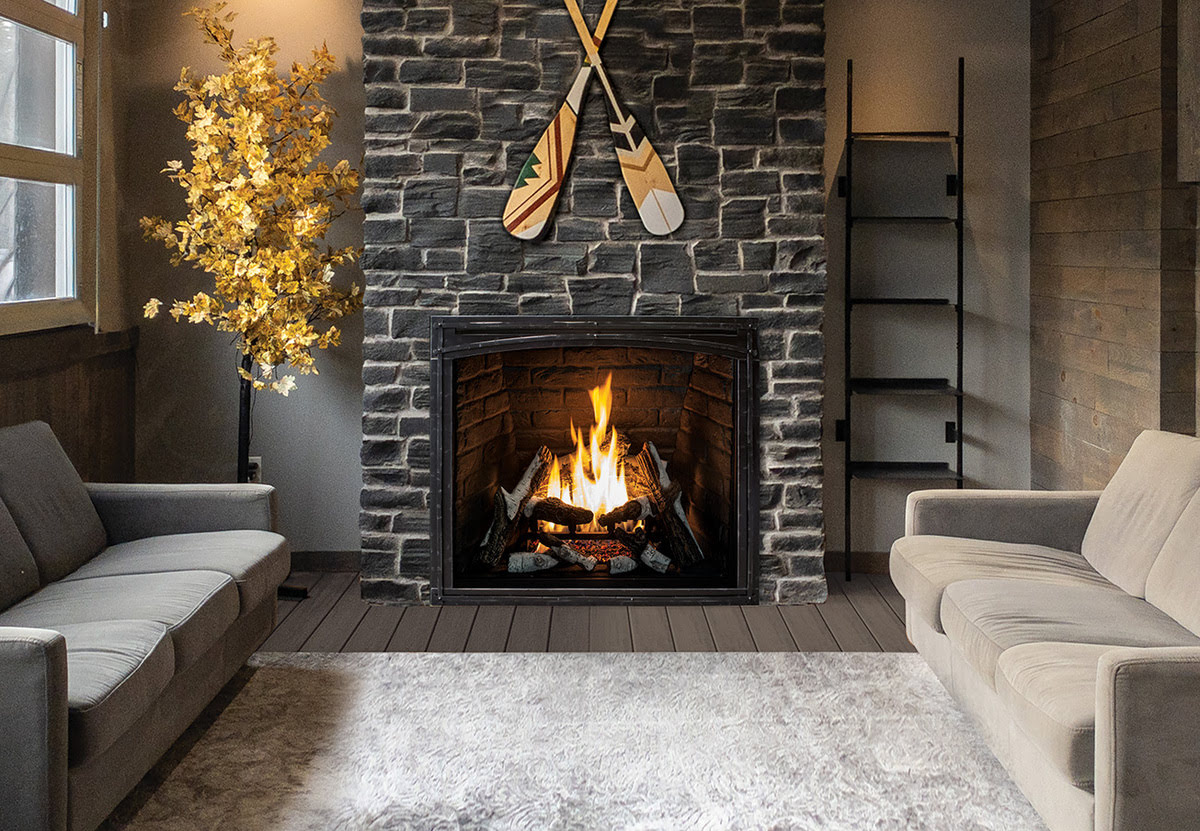
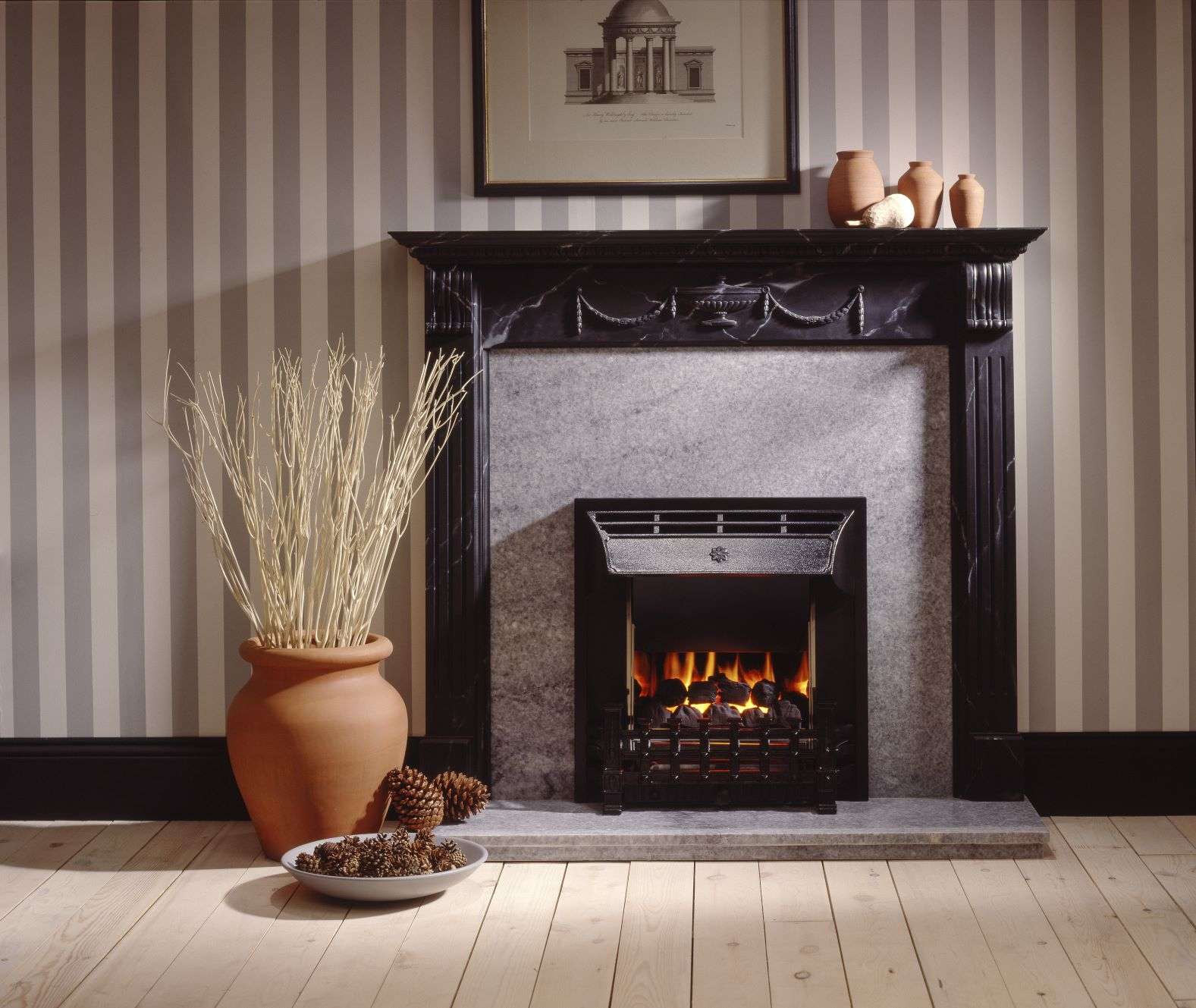
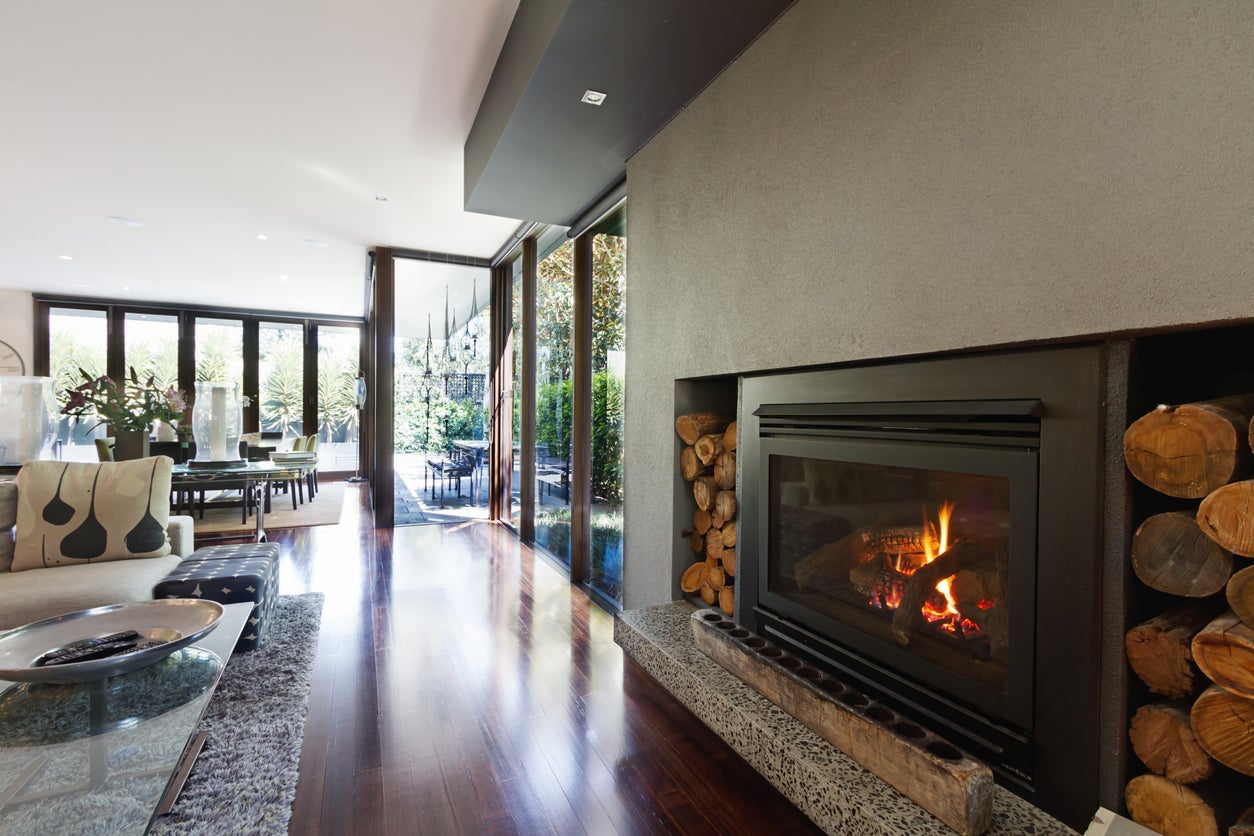
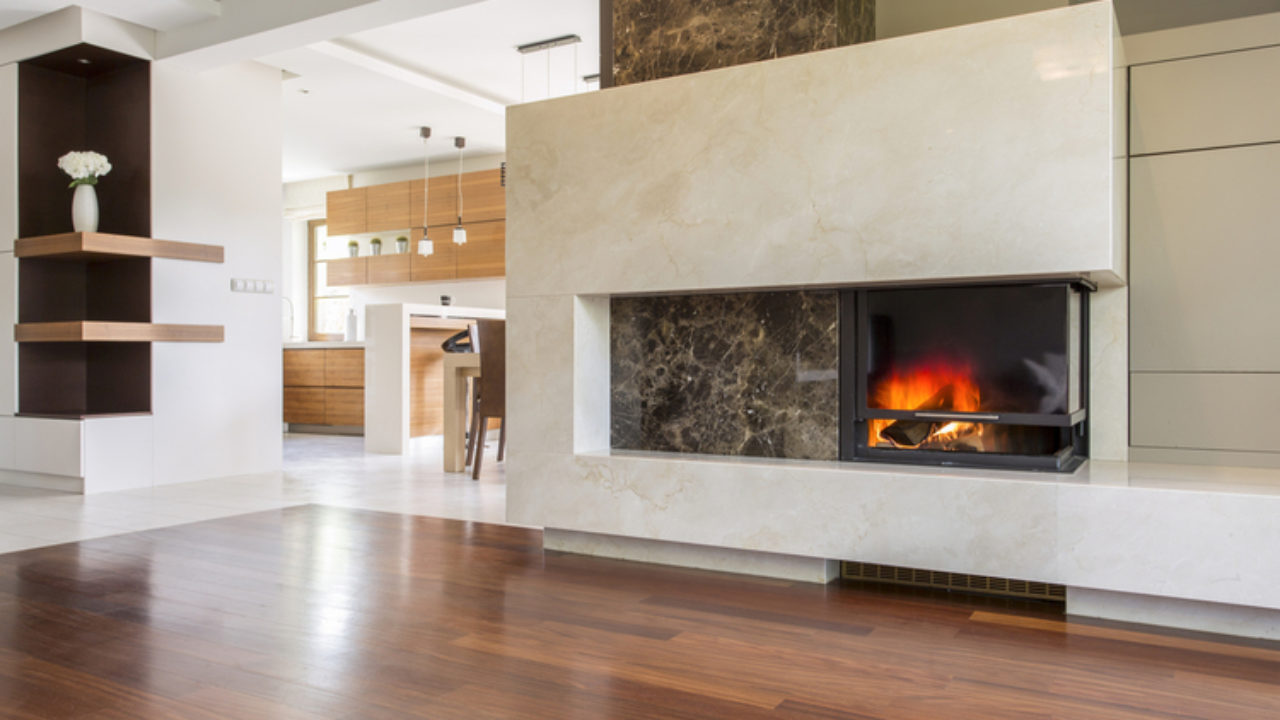
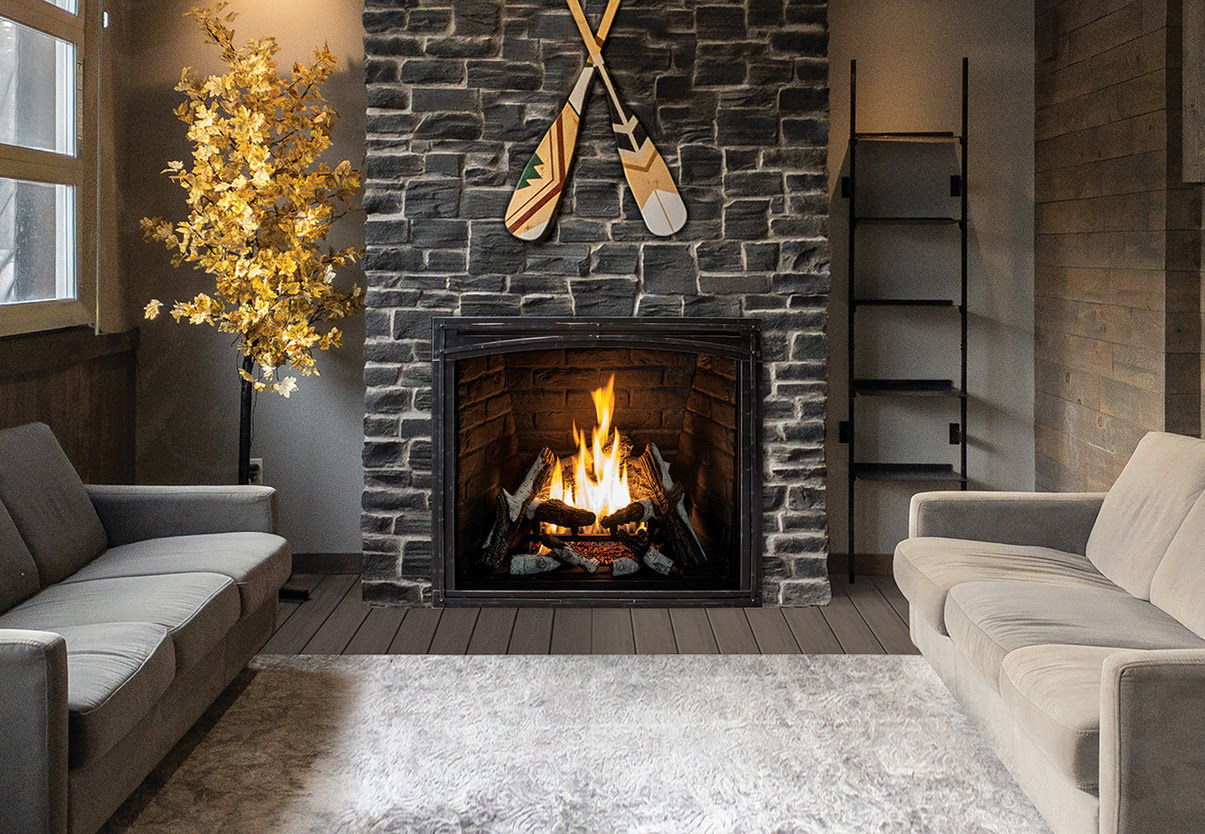
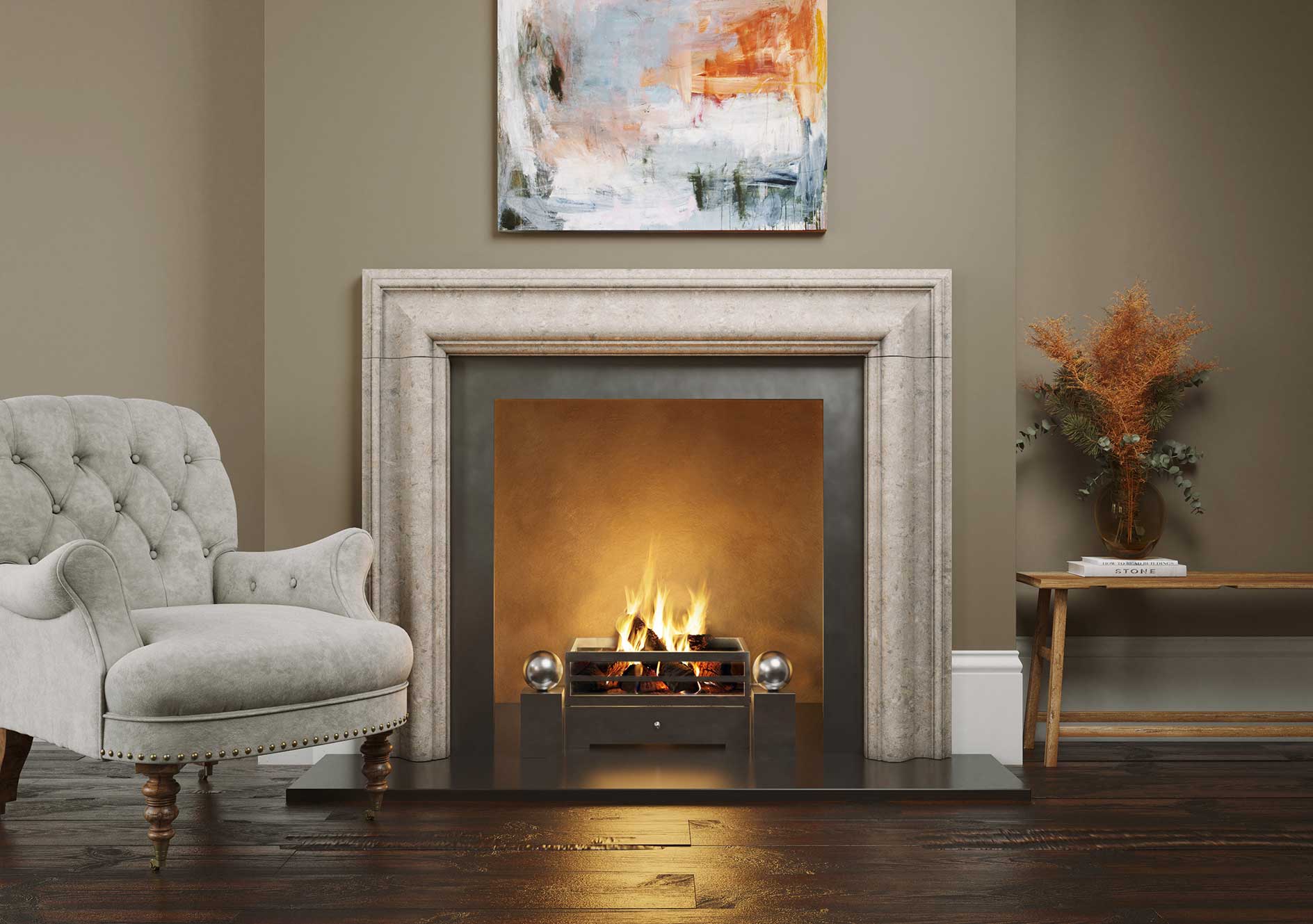
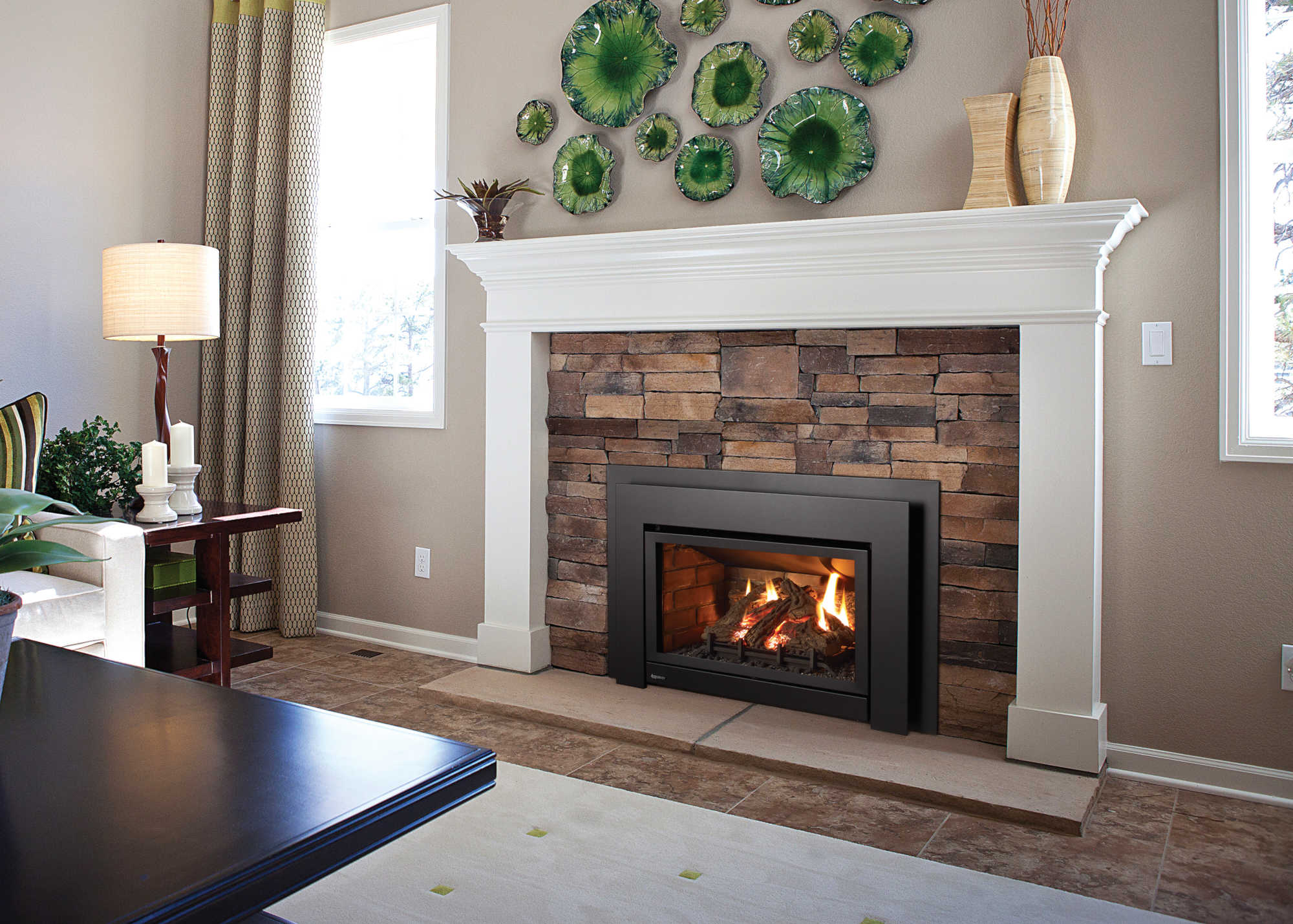
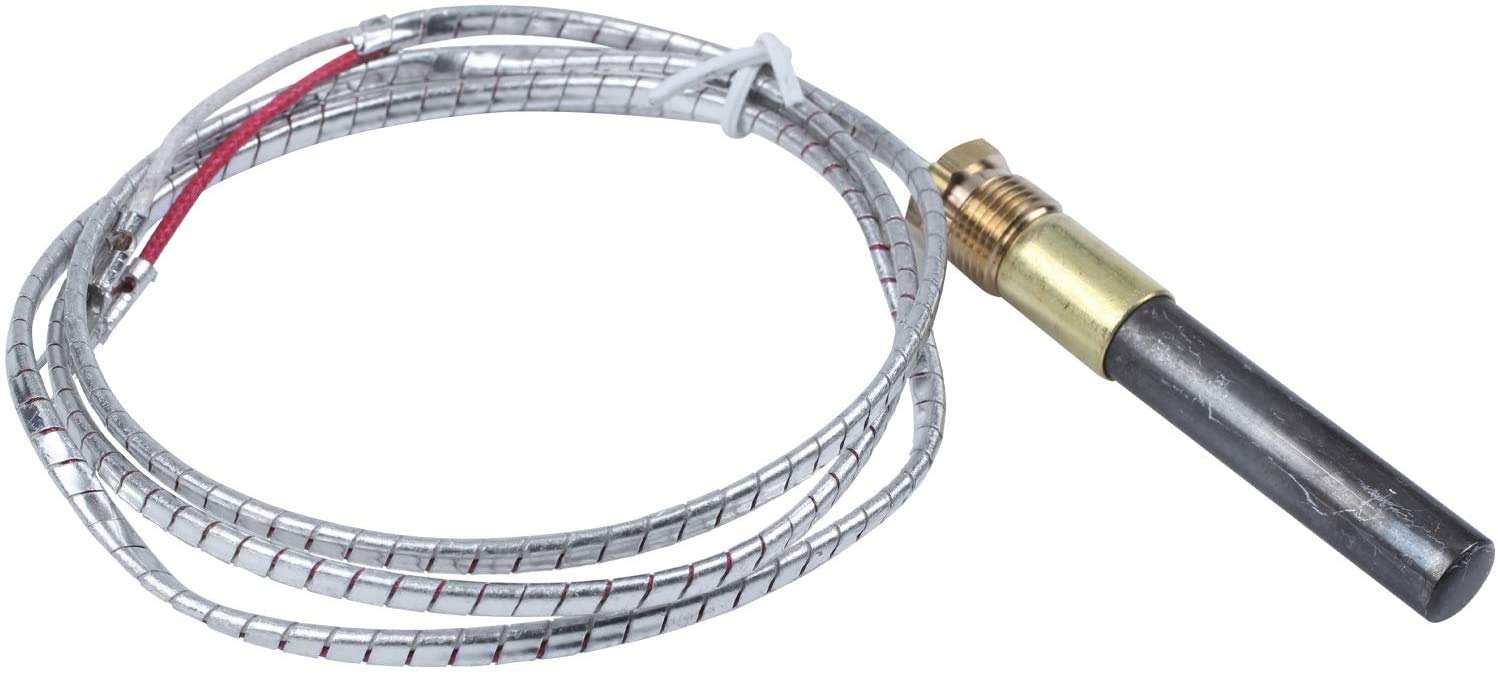

0 thoughts on “How To Install A Gas Fireplace”